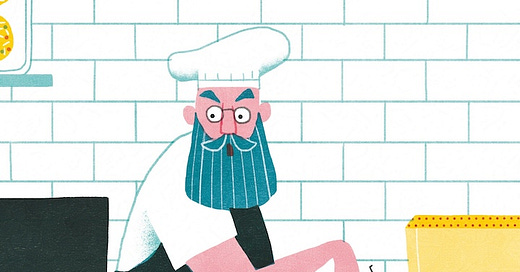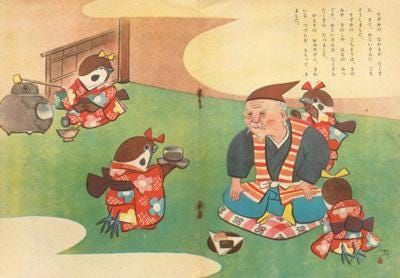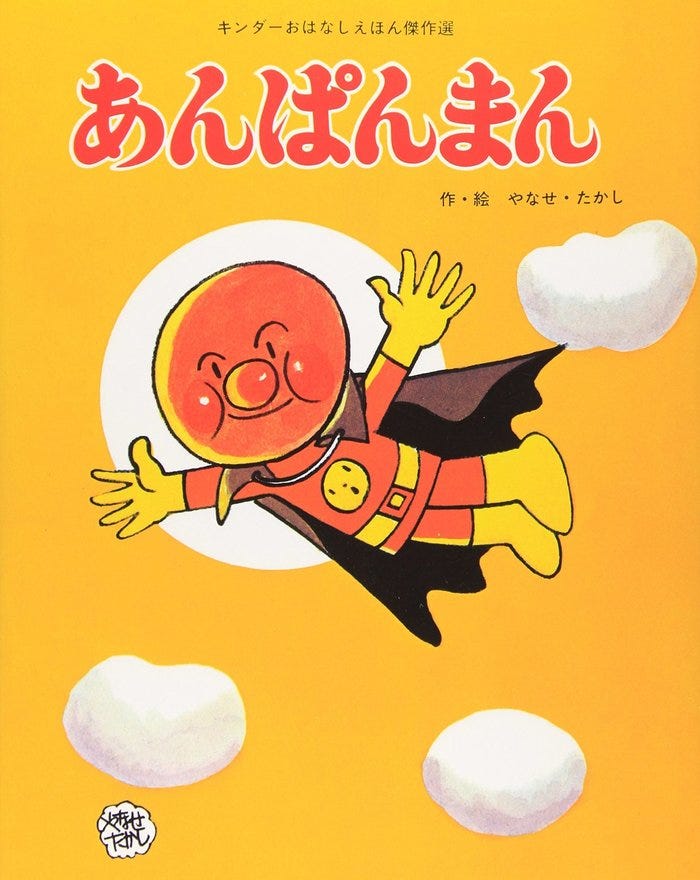Making of Dotty Doughnut - Part 2
Still on writing Dotty - Anpanman and a fish-shaped waffle
In the previous post, I shared how my next authored picture book, Dotty Doughnut (Orchard Books) was born. It definitely wasn’t an easy birth. After I handed in the second draft, I thought it was more or less done. Oh, no. It was followed by a number of ping-pongings between me and my editors.
The Baker
The biggest sticking point was…THE BAKER (the one who tries to bin Dotty the doughnut). My editors weren’t sure about the human baker directly addressing to the anthropomorphised doughnut. They thought it would add a layer of complication if the human knows that the doughnuts are sentient. They particularly argued:
The young reader would like being the only one who knows the special secret (i.e. talking doughnuts) which has been kept from the adults in the book.
Children often take things very literally so they might think the baker is about to commit a murder.
I understood what they meant by the point 1. It’s called “reader positioning” - a special position where a reader knows more things than the characters in the story but not as much as the narrator of the story. I get that. However, I was (and still am) convinced that children would equally enjoy the unique world where humans and anthropomorphised characters interact.
My preference for the realism-fantasy ambiguity might be partly a cultural thing. In Japanese folklores/fables I grew up with, interactions between human and anthropomorphised characters are very common.
And it’s not just in folklores/fables. The cross-interaction, especially human-food interaction, is present even in modern pictures books or anime in Japan. Take Anpanman (アンパンマン) for example. It’s one of the most popular anime series in Japan, which based on the picture book series from the 70s (ask any Japanese children about the anime, 99% of them would know it). The superhero has an anpan (a red bean paste filled pastry) for a head and protects the world from an evil anthropomorphic germ named Baikinman. His friends include the baker and his assistant (both humans), their dog who walks on his hind legs, other anthropomorphic foods and animals. The best part? The hero feeds parts of his head to those who are hungry.







